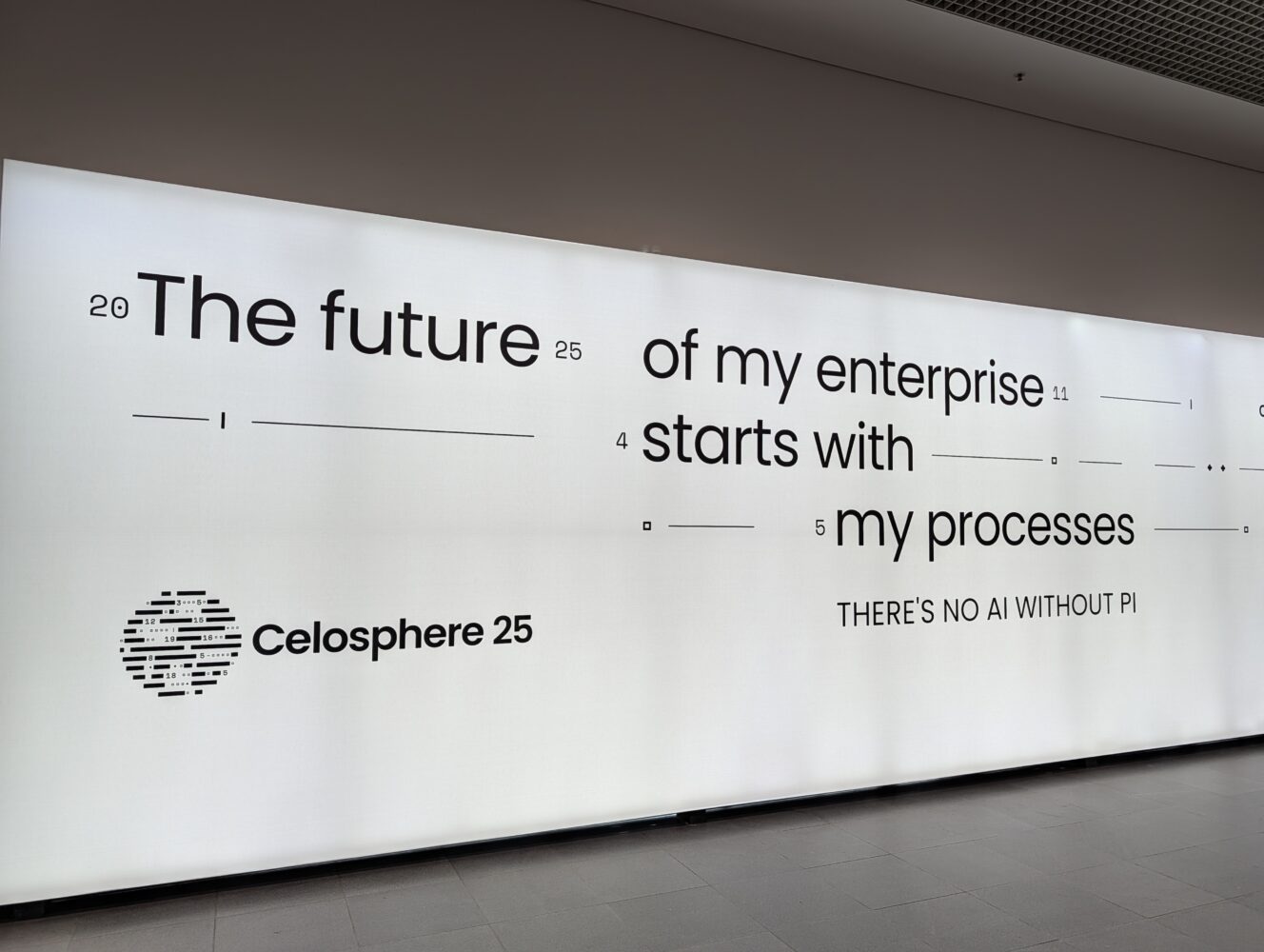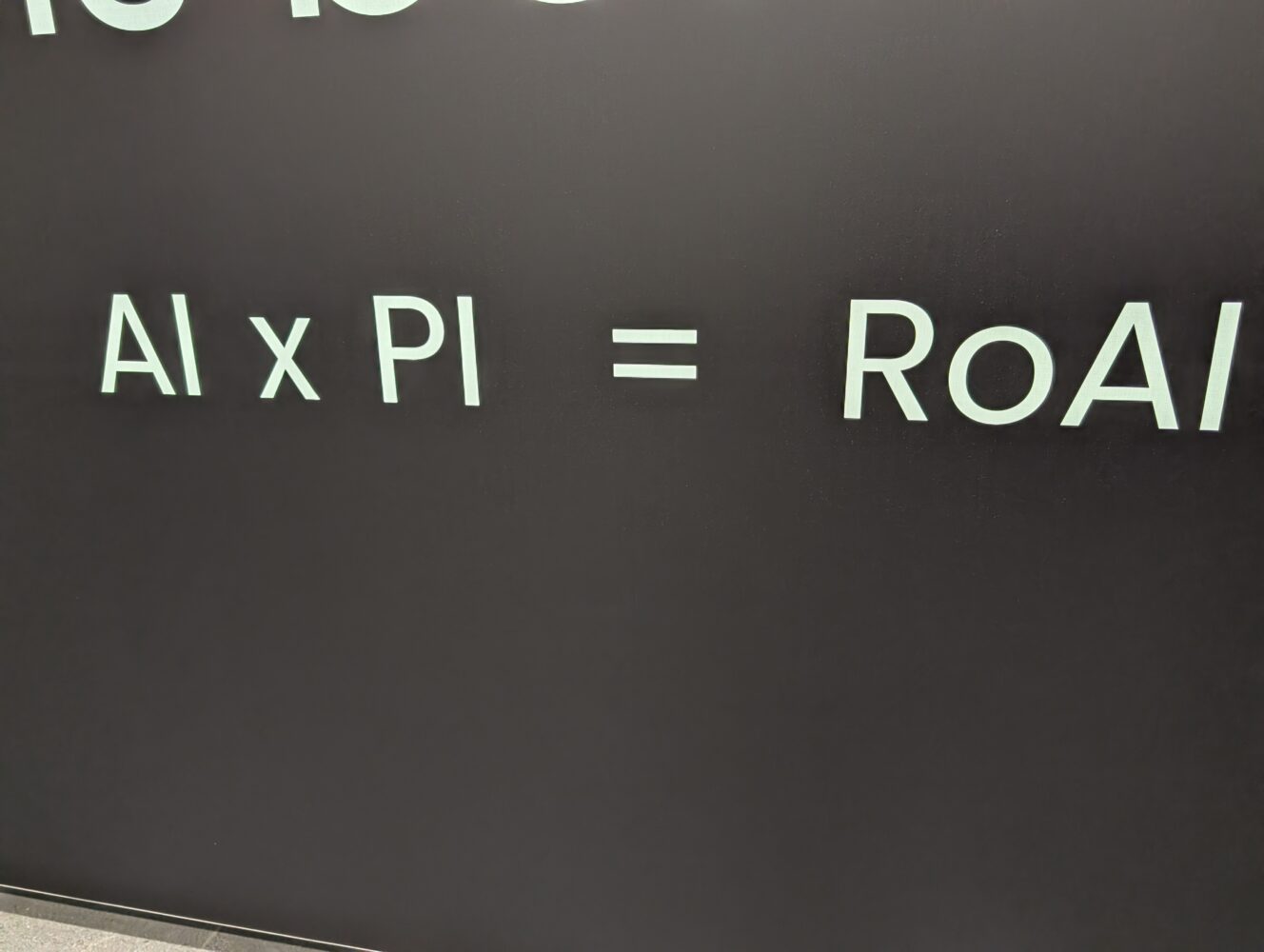Celonis uses its annual Celosphere event to sharpen its vision of enterprise AI. Central to this vision is the idea that process intelligence is the missing link between raw data and AI that actually creates value. Many organizations invest in models, infrastructure, and use cases, but get stuck when AI has to connect to real business operations. Without full context around processes, AI remains a black box with limited impact. Celonis wants to close that gap by mapping business processes in real time and turning them into an increasingly intelligent digital twin.
According to Celonis, many AI initiatives fail because they do not sufficiently understand how organizations really function. Processes cut across systems, documents, and human decisions. Those who fail to see this connection risk deploying AI without control over its consequences. The company, therefore, positions process intelligence (PI) as a prerequisite for effective AI. Not only are ERP and CRM systems unlocked, but spreadsheets, PDF documents, manual actions, and knowledge from workflows are also integrated. Complex business processes, such as order-to-delivery, often involve dozens of systems. No single system has the complete picture, according to Celonis.
Central to the approach is the Process Intelligence Graph: a digital representation of how processes actually run. Data is enriched with business context, after which organizations can analyze, simulate, and link automated actions to process steps. Whereas traditional process mining mainly looks back, Celonis wants to take a step towards real-time process control. This explains the entire shift from ‘X-ray’ to ‘real-time MRI scan’ in the company’s business processes that its technology has undergone. It now analyzes how different processes interact, with ‘free the process’ as its goal.

New technological building blocks
During Celosphere, Celonis presents a series of innovations in the platform for this purpose. Data Core will become generally available and should enable companies to process data directly from data lake architectures without duplication. Integrations with Microsoft Fabric and, now, also with Databricks complete the picture. Process data must be usable wherever it is located, with as little friction as possible.
Orchestration is also maturing. The new orchestration engine enables automated actions based on insights from the Process Intelligence Graph. This makes it possible to bring detection and response closer together. Companies can identify bottlenecks and intervene immediately.
In addition, generative AI is used in the data layer itself. AI assistants help with data modeling and transformation to objects and events, while Task Mining records employee actions and links them to process context. The result should be a richer and more up-to-date digital twin.
Multimodality and object-centric process mining
Celonis is also looking to further expand the scope of its platform by unifying more data sources and types in a single process view. In addition to structured system data, Celonis Networks now also supports semi-structured and unstructured sources, such as emails and PDFs. Enterprise architecture models are connected to live operational data, allowing organizations to not only plan how processes should run, but also see how they actually function.
The idea of a real-time MRI scan as a metaphor originated several years ago, when object-centric process mining (OCPM) was introduced. OCPM is now rapidly maturing. Whereas traditional process mining analyzes a single process or event log, OCPM looks at objects that move through multiple processes, such as orders, deliveries, or customer cases. New tools for this include Performance Spectrum and Instance Explorer, designed to help expose bottlenecks at the intersections where things often go wrong. By providing insight into these points, organizations can intervene at the moments that are most decisive for performance and customer experience.
Open ecosystem and AI integration via the Model Context Protocol
A striking element in the strategy is the emphasis on openness. Celonis supports the Model Context Protocol (MCP), which allows the Process Intelligence Graph to communicate with third-party AI platforms. Here, the company mentions explicitly Amazon Bedrock or Microsoft Copilot Studio. This should prevent AI initiatives from becoming locked into separate ecosystems.
With an MCP server specifically designed for process intelligence, Celonis aims to provide AI agents with up-to-date operational context. These agents can then make decisions and perform actions within existing systems. This allows the platform to evolve into an infrastructure for hybrid work: people, systems, and AI agents work side by side and are centrally controlled.
Partner network and new applications
The open platform model is intended to accelerate innovation. Partners are now building end-to-end solutions based on the Celonis infrastructure. During the keynote, we hear about Rollio as an example, which is developing a Process Collaboration Agent that automatically brings together the right people and information when deviations occur. Trullion, in turn, focuses on lease accounting, with an AI agent that interprets contracts and automates compliance-related work. Bloomfilter brings process intelligence to the software development cycle and gives organizations control over both human developers and AI agents that generate code.
The partner program is growing rapidly, we understand from Carsten Thoma (President Celonis) and Dan Brown (Chief Product Officer Celonis) just before the start of the conference. Since last year, more than fifty applications have been built, with another fifty in the pipeline in the short term. Celonis presents this as proof that process intelligence is becoming a generic layer on which other software can build.
Customer cases as evidence
Thoma also tells us that this year’s Celosphere is all about practical results. This is because the company has introduced a range of technologies in recent years—from OCPM to PI—that are now being implemented. More than a hundred customers are sharing cases, with a select group of companies together realizing more than a billion dollars in value. Cases range from improved delivery reliability in the automotive sector to the rapid rollout of dozens of AI products at energy companies. In some cases, entire business units are being transformed, with processes monitored and controlled end-to-end via Celonis.
This approach underscores a broader trend in enterprise technology. Organizations want to see AI contribute directly to core processes, rather than primarily offering experimental value. Celonis positions its platform as a bridge between AI ambition and operational reality.
Focus on Return on AI
Celonis is also introducing a new metric: Return on AI (ROAI). The company sees parallels with the early days of process mining, when data mainly provided insight but was not yet driven by value creation. ROAI is intended to help organizations deploy AI investments more strategically, with an emphasis on preparation, governance, and linking to concrete process goals. According to Celonis, most of the success of AI comes not from the models themselves, but from the preparation. That is, identifying the right use cases, redesigning processes, and carefully orchestrating agents alongside people and existing systems.

From insight to autonomous processes
The Celonis platform has grown beyond just an analytics environment. The ambition is to help companies move towards autonomous processes, in which AI agents make decisions and act independently within predefined frameworks. Process intelligence acts as a real-time MRI scan: continuous insight, linked to immediate action.
Celonis clearly focuses on adaptive control: processes that learn, adjust, and collaborate with employees. In this vision, the digital twin is a dynamic operational foundation for creating new business models, services, and applications. Celonis thus positions itself as the hub between data infrastructure, AI deployment, and business processes. Instead of approaching AI as an end in itself, the organization emphasizes that context, structure, and orchestration are key to success. Process intelligence provides the framework for companies to launch AI projects and realize lasting value.
